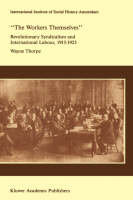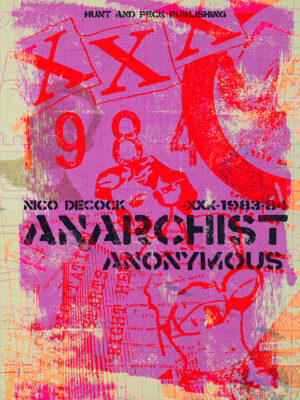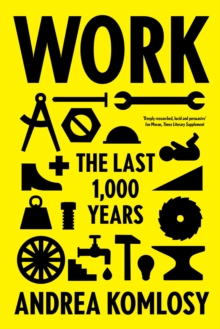Caution! For multiple reasons the stock that we show on the website sometimes differs with the real stock we have in the shop.
The Workers Themselves
€172.75
Wayne Thorpe has written one of the most detailed accounts of the events leading up to the founding of the IWA in 1922. Contrary to historical treatments which see the purpose of the International Workers Association as a rival to the Communist-dominated RILU (the trade union wing of the Comintern), Thorpe traces its beginnings to before the Russian Revolution. In 1913 there was an international syndicalist congress held in London which aimed at building stronger ties between the existing syndicalist unions and propaganda groups. Present at the congress were delegates from the FVdG (Germany), the NAS (Holland), the SAC (Sweden), the USI (Italy) and the ISEL (Britain)> Observers attended from the IWW, the CNT (Spain), the FORA (Argentina) and the CGT (France). Unfortunately the Congress’ outcome was inconclusive, beyond drawing up a declaration of principles and setting up a short-lived information bureau. Within a year Europe was plunged into the First World War and communications between the syndicalists became impossible. One important reason why so little was accomplished at the London Congress was the obstruction by the French CGT. The French syndicalists, advocates of the ‘boring from within’ strategy, were
affiliated to the ISNTUC (the trade union wing of the reformist Second International). The CGT opposed the formation of a syndicalist international since this might alienate both the ISNTUC and the reformist members of their own union confederation. It is interesting to note how the French syndicalists, the historically most successful ‘borers from within,’ had to tailor their policies
to appease their reformist allies. This raises the question: When revolutionaries choose to ‘bore from within’ conservative movements, just who is boring into whom? At any rate the opportunity to form a syndicalist international was lost until
after the war. When the war ended, however, conditions were different. Russia had been taken out of the war by a social revolution, but the usurpation of the revolution by the Communists was not well known outside of Russia. When the Communists set up their new international, the syndicalists were invited to join. The aura and prestige of the first ‘successful’ workers revolution caused many
syndicalists to abandon their skepticism towards ‘proletarian dictatorship.’ It was only after the Communists made it clear that a requirement of belonging to the RILU was accepting Communist party domination that the syndicalists decided to form their own international organization. Thus, the main effect of the RILU and
the Comintern was not to provoke the formation of the IWA, but to delay by several more years something already begun in 1913. Thorpe’s book covers not only the historical facts, but also the various ideological debates within the syndicalist movement. If unity was a long time coming, it was as much a fault of the syndicalists themselves as it was from outside interference. Had the movement been less divided, perhaps the opportunities which existed immediately after the war would have been reaped by syndicalists instead of Communists. Of course, this remains an historic ‘what if?’
Author: Thorpe, W. Year: 1989 ISBN: 9780792302766 Pages: 376 Language: English Publisher: Kluwer Academic Publishers Group Publisher's city: Publication date:






